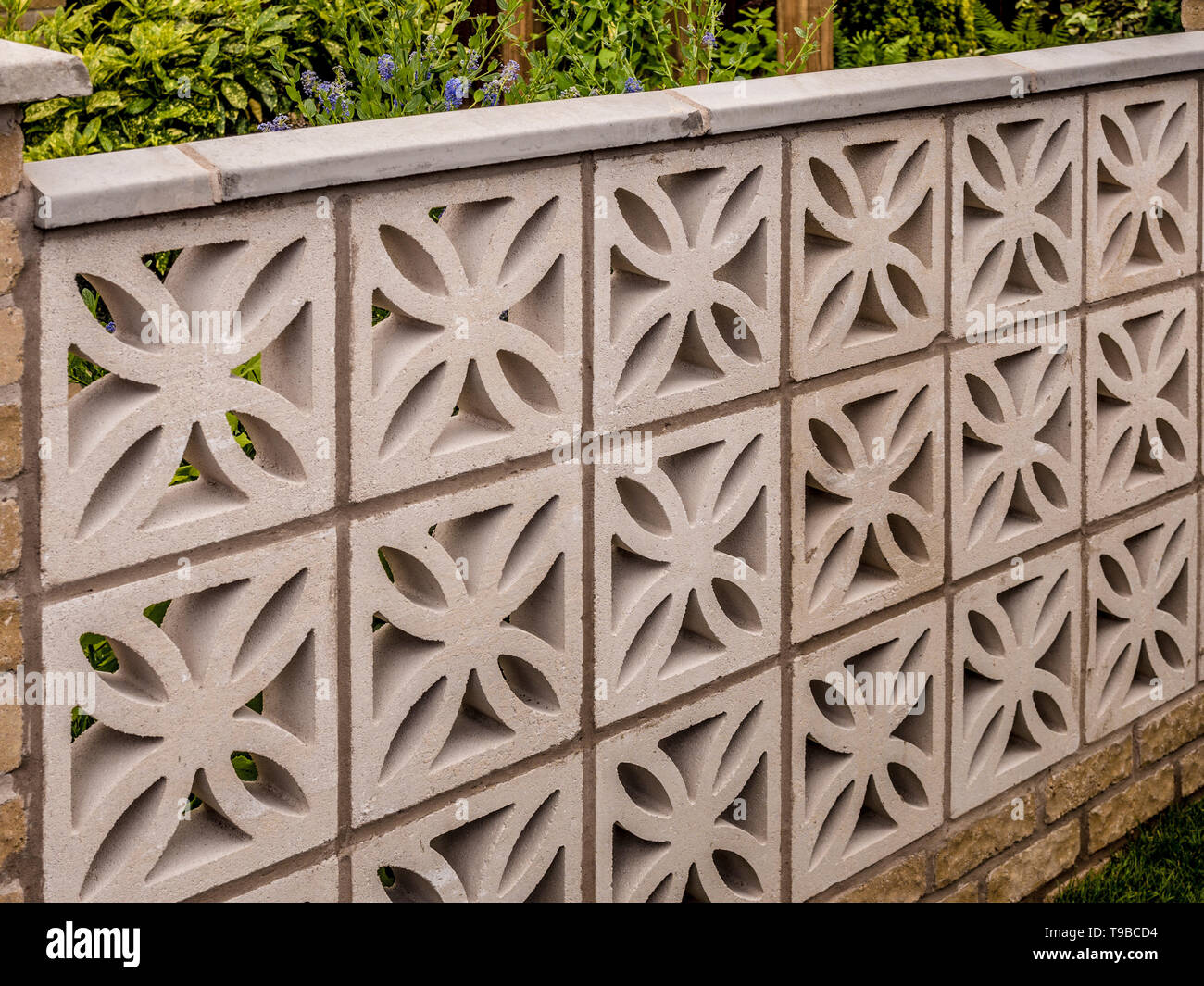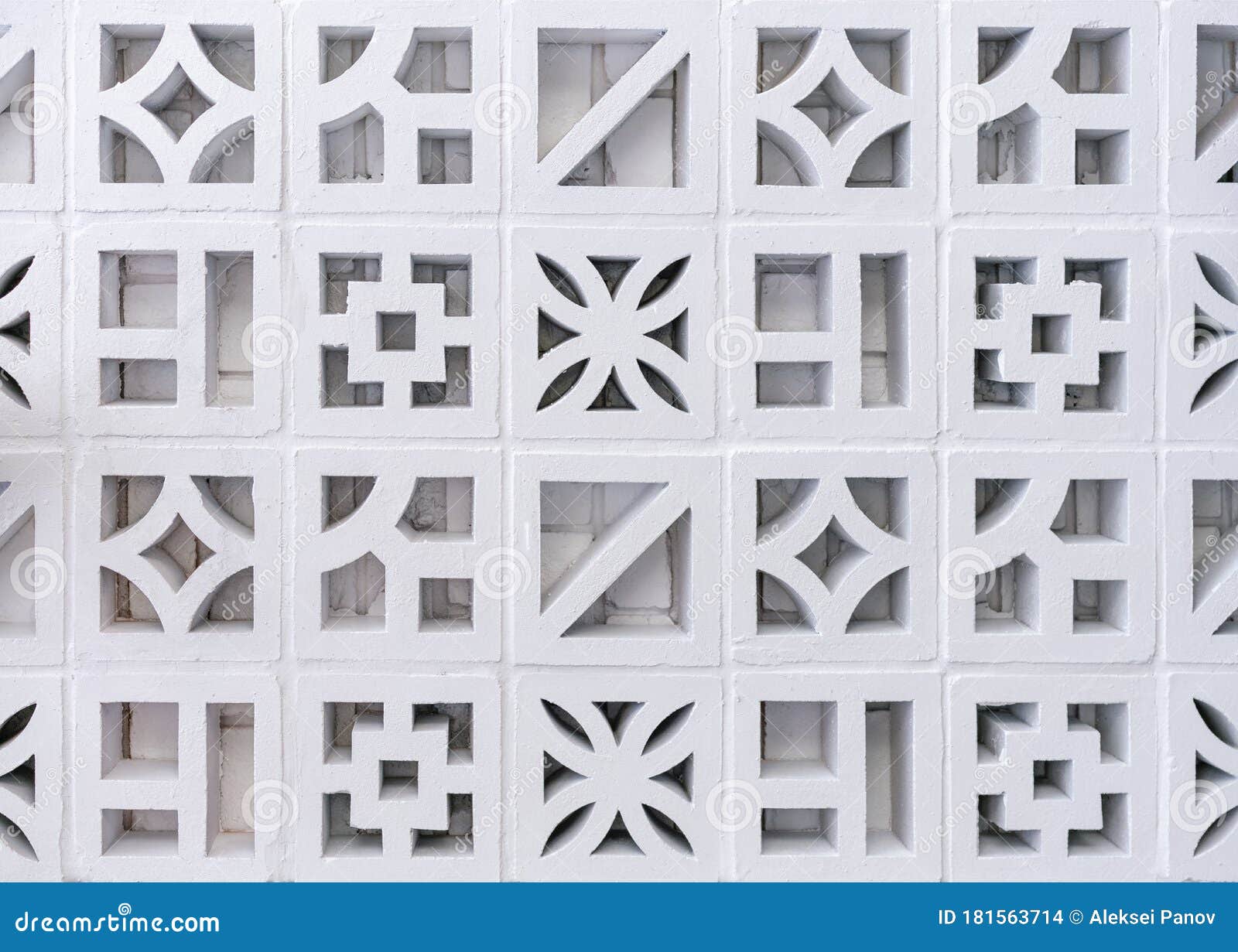Decorative wall blocks are more than just building materials; they are a gateway to creativity and personal expression in your home’s design. Whether you’re looking to enhance the aesthetic appeal of your interior or add a unique touch to your outdoor space, decorative wall blocks can offer versatile solutions. In this article, I’ll share detailed insights based on personal experience, in addition to expert tips, comparisons, and practical applications for decorative wall blocks.
What Are Decorative Wall Blocks?
Decorative wall blocks are architectural elements that can be used for both structure and decoration. Made from various materials such as concrete, stone, and even recycled products, these blocks are designed to add style and character to walls, patios, and gardens. They come in an array of colors, textures, and sizes, allowing homeowners to create personalized designs that reflect their taste.
Types of Decorative Wall Blocks
When it comes to decorative wall blocks, the variety is vast. Let’s explore some common types:
1. Concrete Wall Blocks
Concrete wall blocks are durable and versatile. They can be left in their natural gray state or painted and finished in various ways to match your home’s aesthetic. They are primarily used for structural purposes but can also serve decorative functions.
2. Stone Wall Blocks
Stone wall blocks offer a natural look and feel, making them a popular choice for homeowners seeking to create a rustic or elegant design. They come in many varieties, including slate, limestone, granite, and more.

3. Brick Wall Blocks
Brick wall blocks can be used to add warmth and charm to any space. They can be arranged in patterns and styles that enhance the visual appeal of your home, from classic to contemporary environments.
4. Retaining Wall Blocks
Retaining wall blocks are specifically designed to hold back soil and create level areas in your landscape. These are not only functional but can also be quite decorative when designed creatively.

The Benefits of Using Decorative Wall Blocks
Decorative wall blocks come with a plethora of advantages. Here are some notable benefits:
- Aesthetic Appeal: They can enhance the beauty of any space.
- Durability: Many wall blocks are weather-resistant and long-lasting.
- Versatility: Suitable for both indoor and outdoor use.
- Customization: Available in various styles and finishes.
- Low Maintenance: Generally require minimal upkeep compared to other materials.

How to Choose Decorative Wall Blocks for Your Project
Choosing the right decorative wall block involves considering several key factors.
1. Purpose of the Wall
Determine if the wall is load-bearing, decorative, or functional. This will influence your choice of material and design.

2. Style and Aesthetic
Consider the overall style of your home and choose blocks that complement it. For instance, a modern home might benefit from sleek concrete blocks, while a traditional home may be better suited for brick or stone.
3. Budget
Prices can vary significantly based on material and design complexity. Set a budget before shopping to help narrow down your options.

4. Local Climate
Your local climate can also affect which materials will work best. Ensure you choose blocks that can withstand weather conditions like freezing temperatures or heavy rainfall.
Installation Process for Decorative Wall Blocks
While some projects might require professional help, many homeowners can tackle decorative wall blocks themselves. Here’s a step-by-step guide on how to install them:

1. Gather Required Materials
- Decorative wall blocks
- Leveling sand
- Cement mix (if needed)
- Landscaping fabric (for outdoor projects)
- Tools: shovel, trowel, level, tape measure, wheelbarrow
2. Prepare the Site
Clear the area where you’ll be installing the wall blocks. Remove any vegetation, rocks, and debris.
3. Create a Foundation
If needed, dig a trench for the foundation. This should be deep enough to accommodate your blocks and provide stability.
4. Lay the First Course of Blocks
Begin laying the first row of blocks. Use a level to ensure they are even, adjusting as necessary.
5. Continue Building Upward
Continue stacking blocks, staggering joints for added strength. Use a mortar mix if required to secure each layer.
6. Finishing Touches
Once installed, finish the wall with paint, sealant, or other decorative elements as desired.
Maintenance Tips for Decorative Wall Blocks
To keep your decorative wall blocks looking their best, incorporate these maintenance techniques:
1. Regular Cleaning
Wash the surface regularly to remove dirt and debris. A simple mixture of mild soap and water can suffice.
2. Inspect for Damage
Periodically check for any cracks or damages that might require repairs.
3. Reapply Sealant
For porous materials, consider applying sealant periodically to protect against moisture damage and stains.
Decorative Wall Blocks: Pros and Cons
As with any home improvement material, there are pros and cons to consider.
| Pros | Cons |
|---|---|
| Enhances aesthetic appeal | May require heavy lifting for installation |
| Durable and weather-resistant | Initial costs can be high depending on material |
| Versatile in design and application | Potential for water absorption in certain materials |
| Low maintenance requirements | Installation mistakes can lead to costly fixes |
Personal Experience: My Journey with Decorative Wall Blocks
When I decided to revamp my backyard, decorative wall blocks became a focal point of the design. I opted for a mix of stone and concrete blocks to create a seating area surrounded by vibrant flowers. The installation was challenging but rewarding; watching the transformation unfold was a memorable experience. The durability of the wall blocks means I can enjoy my outdoor space year-round without significant upkeep.
Comparing Decorative Wall Block Materials: A Quick Overview
| Material | Aesthetic | Durability | Cost |
|---|---|---|---|
| Concrete | Modern, versatile | High | Low to moderate |
| Stone | Natural, rustic | Very high | High |
| Brick | Classic, warm | Moderate to high | Moderate |
| Retaining Wall Blocks | Functional, can be decorative | High | Moderate |
Frequently Asked Questions (FAQs)
1. Can decorative wall blocks be used indoors?
Yes, decorative wall blocks can be utilized indoors to create stunning feature walls or room dividers, enhancing the overall design aesthetic.
2. Are decorative wall blocks expensive?
The cost of decorative wall blocks can vary widely depending on materials and design complexity, but there are options available for various budgets.
3. Do decorative wall blocks require professional installation?
While professional installation is beneficial for larger or complex projects, many homeowners can successfully install decorative wall blocks themselves with proper planning and tools.
4. Can I paint or finish decorative wall blocks?
Yes! Many decorative wall blocks can be painted or stained to match your desired color scheme and enhance their appearance.
5. How long do decorative wall blocks last?
With proper installation and maintenance, decorative wall blocks can last for decades, making them a wise investment for your home.
Conclusion
Decorative wall blocks offer a remarkable way to enhance your home’s beauty, functionality, and value. With their vast variety and versatility, there’s an option for every style, project, and budget. From my own experiences, I can attest that integrating these elements into your space can lead to incredible transformations. Whether you’re planning an outdoor oasis or an indoor feature wall, decorative wall blocks are an excellent choice.